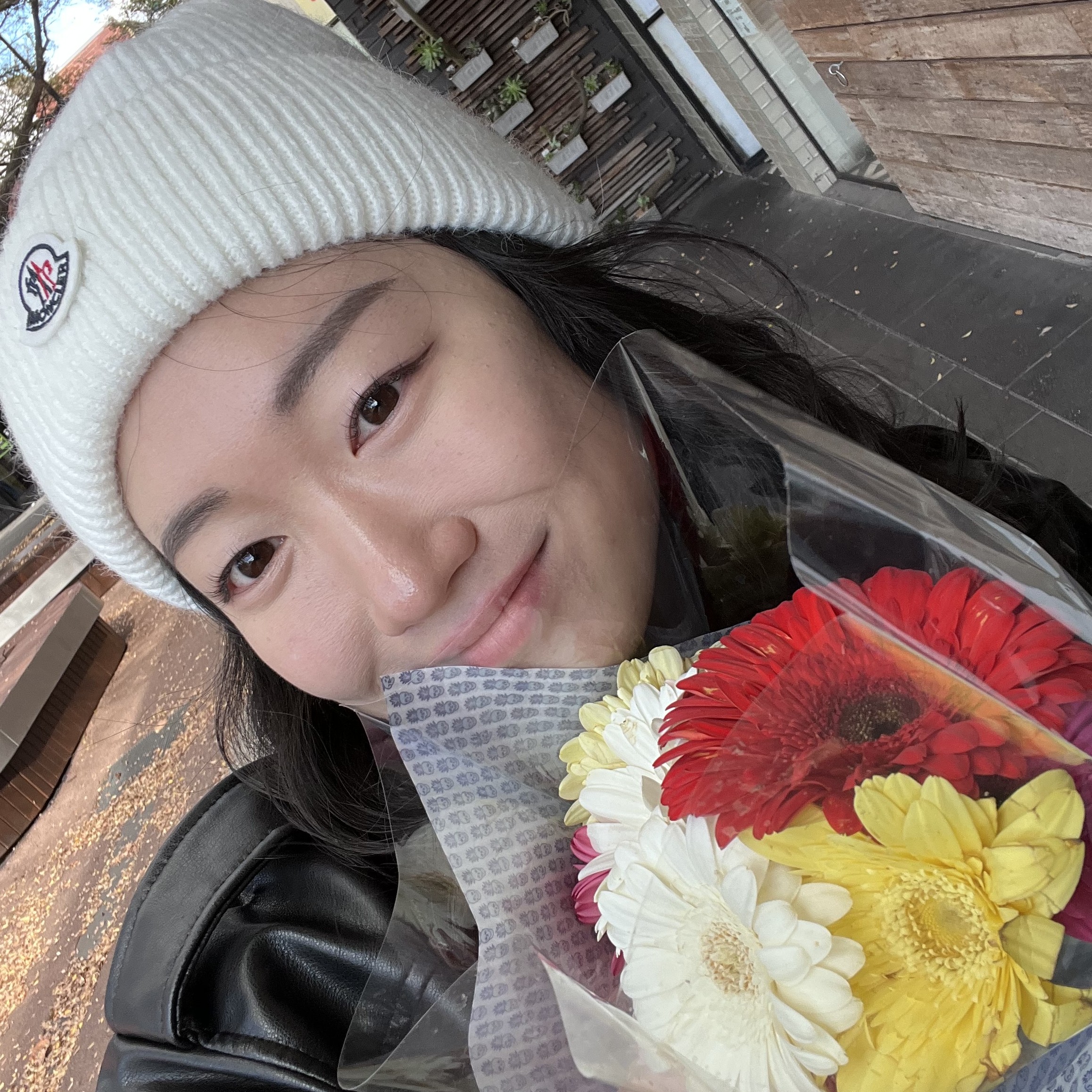Layout Styling
Updated:
Styling in Flutter
Text: TextStyle
- Picking colors:
Color.fromRGBO(r, g, b, opacity)/Color(0xffaaaaaa)/Colors.ColorName - Other styles include
fontSize,letterSpacing,fontWeight, etc.
return MaterialApp(
home: Scaffold(
appBar: AppBar( title: Text('MyApp')),
body: SizedBox(
child: Text('Hello World',
style: TextStyle(
color: Color(0xff3a0e55),
fontSize: 20,
letterSpacing: 1,
fontWeight: FontWeight.w900
),)
)
)
);
Icon
- Can change
size,colorreturn MaterialApp( home: Scaffold( appBar: AppBar( title: Text('MyApp')), body: SizedBox( child: Icon(Icons.star, color: Colors.amber, size: 300) ) ) );
Buttons
TextButton(),IconButton(),ElevatedButton()- Two parameters needed:
child,onPressedreturn MaterialApp( home: Scaffold( appBar: AppBar( title: Text('MyApp')), body: Row( children: [ SizedBox( child: TextButton( onPressed: (){}, child: Text('Text Button') ) ), SizedBox( child: ElevatedButton( onPressed: (){}, style: ButtonStyle(), child: Text('Elevated Button'), ) ), SizedBox( child: IconButton( icon: Icon(Icons.star), onPressed: (){}, ), ) ], ) ) );
Designing AppBar
return MaterialApp(
home: Scaffold(
appBar: AppBar(
title: Text('MyApp'), // Title on the left
leading: Icon(Icons.add_card), // Icon on the left
actions: const [Icon(Icons.settings), Icon(Icons.notifications_active)], // Icon on the right
),
body: SizedBox()
)
);
Steps of creating a layout
- Prepare an example layout
- Draw boxes around each component
- Start creating a widget from the outmost box
- Align and decorate

Leave a comment